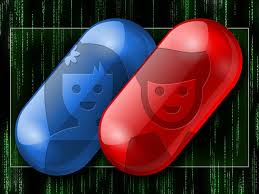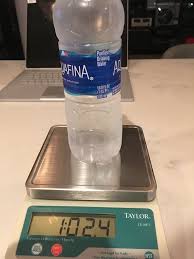1.125 to Fraction

In the realm of mathematics, decimals often pose intriguing challenges for students and enthusiasts alike. One such decimal, 1.125, is a curious number that holds the potential for deeper exploration. By converting 1.125 into a fraction, we embark on a journey to unveil the underlying mathematical principles that govern this seemingly simple yet profound process.
Breaking Down the Decimal
To comprehend the conversion of 1.125 to a fraction, let’s first dissect the decimal itself. At first glance, 1.125 appears to be a straightforward numerical expression, consisting of an integer (1) and a decimal component (0.125). This decimal component is crucial for our exploration, as it encapsulates the fractional essence of the number.
Understanding the Power of Tens
The decimal system operates on the powers of ten, where each place value represents a power of 10. In the case of 1.125, the digit ‘1’ resides in the whole number place, the digit ‘1’ after the decimal point signifies tenths, and ’25’ represents hundredths. The fractional part, 0.125, can be expressed as 125/100, illustrating its relationship to the decimal system.
Expressing Tenths and Hundredths
To convert the decimal portion (0.125) into a fraction, we start by identifying the place values. The ‘1’ after the decimal point signifies tenths, and the ’25’ represents hundredths. Expressing these in fractional form yields 1/10 for tenths and 25/100 for hundredths. However, to simplify the fraction, we can reduce it by dividing both the numerator and denominator by their greatest common factor, which in this case is 25. This simplification results in 1/10 and 1/4, respectively.
Combining the Whole Number and Fraction
Now that we have deciphered the fractional components of 1.125, it’s time to integrate them with the whole number ‘1.’ To do this, we place the whole number as the numerator and the simplified fraction as the denominator. Therefore, the conversion of 1.125 to a fraction is represented as 1 1/4.
Interpreting the Fraction
The fraction 1 1/4 signifies one whole unit and one quarter of another unit. In a visual sense, it can be envisioned as one complete pie plus a quarter of an additional pie. This fraction is known as a mixed number, a combination of a whole number and a proper fraction.
Alternative Fractional Representations
While 1 1/4 is the most common and simplified form of the fraction representing 1.125, it’s essential to recognize that fractions can have multiple equivalent forms. For instance, 2/8 is an equivalent fraction to 1/4 since both represent the same fractional quantity. When exploring alternative representations, one can experiment with different numerator and denominator combinations while maintaining the same overall value.
Practical Applications
Understanding the conversion of decimals to fractions, as demonstrated with 1.125, has practical applications in various fields. In finance, precise calculations often involve fractional representations, aiding in accurate measurements and estimations. Similarly, in cooking or recipe adjustments, converting quantities from decimals to fractions ensures precise ingredient proportions, especially when dealing with smaller quantities.
Educational Significance
Exploring the conversion of 1.125 to a fraction not only enhances mathematical skills but also fosters a deeper understanding of number relationships. This process serves as a foundational concept in elementary and middle school mathematics, setting the stage for more advanced topics like algebra and calculus. Mastering the art of converting decimals to fractions opens doors to mathematical fluency and critical thinking.
Common Decimal to Fraction Conversions
While 1.125 serves as an excellent example, it’s worthwhile to note that the process of converting decimals to fractions is applicable to a wide range of decimal numbers. By following the same principles outlined here, individuals can convert other decimals to fractions, enriching their mathematical toolkit.
Conclusion
In the realm of mathematics, the conversion of decimals to fractions is a fundamental skill that unveils the intricate relationships between numbers. By focusing on the decimal 1.125, we have delved into the process of breaking down the decimal, expressing its components as fractions, and combining them to form a coherent representation. The journey from a seemingly simple decimal to the mixed number 1 1/4 illustrates the beauty and depth inherent in mathematical exploration. As we continue to unravel the mysteries of numbers, the conversion of decimals to fractions stands as a timeless and invaluable skill in the mathematical landscape.





